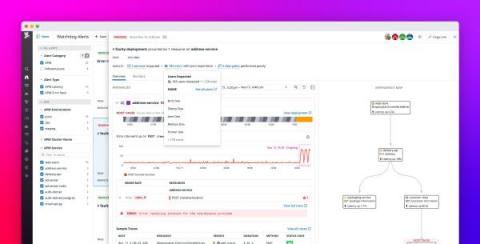Why automation is the incident response 'easy button' MSPs & IR firms have been waiting for
The managed security services market is booming. Coming in at $22.8 billion in 2021, it is projected to nearly double in just five years and grow to $43.7 billion by 2026. Moreover, cloud-based managed security services are poised to be the major growth driver for the broader MSP market, coming in at $219.59 billion in 2021, and expected to reach $557.10 billion by 2028. As we can see, providing robust security services is a key competitive differentiator for the lucrative MSP market.











